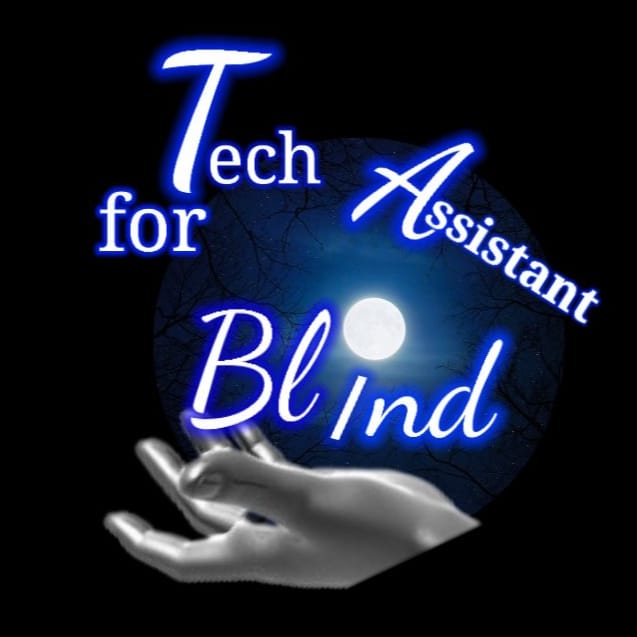Published on
April 14, 2023
Written by
Tech Assistant for blind Team
Operating systems are the backbone of modern computing. They provide the foundation for all software applications to run on top of, as well as manage hardware resources such as memory, processing power, and storage. But have you ever wondered how operating systems are created? What programming languages are used to build them? And what are the different types of operating systems available for computers? In this article, we’ll explore the answers to these questions and more.
Programming Languages Used to Build Operating Systems
Operating systems are complex software applications that require specialized programming languages to build. Here are some of the most commonly used programming languages for building operating systems:
C
C is a low-level programming language that is widely used for operating system development. It is fast, efficient, and provides direct access to hardware resources, making it an ideal language for building operating systems. C is also a portable language, which means that code written in C can be easily ported to other platforms.
C++
C++ is an object-oriented programming language that is an extension of the C language. It is widely used for building operating systems and other system-level software applications. C++ provides features such as inheritance, polymorphism, and templates, making it easier to write and maintain complex software applications.
Assembly Language
Assembly language is a low-level programming language that provides direct access to hardware resources. It is used for building the most critical parts of operating systems, such as device drivers and kernel components. Assembly language is difficult to write and maintain, but it provides maximum control over hardware resources.
Types of Operating Systems Available for Computers
There are several types of operating systems available for computers, each with its own unique features and characteristics. Here are some of the most common types of operating systems:
Desktop Operating Systems
Desktop operating systems are designed to run on personal computers, laptops, and workstations. They are the most commonly used type of operating system and are used for various purposes, including gaming, browsing, productivity, and more. Some of the most popular desktop operating systems include:
- Windows: Windows is the most widely used desktop operating system developed by Microsoft. It offers a user-friendly interface, a vast range of software applications, and compatibility with most hardware configurations.
- macOS: macOS is a desktop operating system developed by Apple Inc. It is exclusively designed for Macintosh computers and offers users a seamless experience across Apple devices. It offers a range of features such as Siri, FaceTime, and iCloud, which are highly integrated with other Apple devices.
- Linux: Linux is a popular open-source operating system that is highly customizable and flexible. It offers users complete control over the system and is known for its stability and security. Linux is used extensively in servers, supercomputers, and high-performance computing systems.
Server Operating Systems
Server operating systems are designed to run on servers, which are specialized computers that provide services and resources to other computers on a network. They are optimized for reliability, scalability, and security, making them suitable for business-critical applications. Some of the commonly used server operating systems include:
▋
- Windows Server: Windows Server is a server operating system developed by Microsoft. It offers a range of features such as Active Directory, which enables administrators to manage network resources efficiently. It is widely used in enterprise environments, government agencies, and educational institutions.
- Linux Server: Linux Server is a popular operating system used for servers. It is highly customizable and secure, making it an ideal choice for businesses and organizations. Linux server operating systems come in different flavors such as Red Hat Enterprise Linux, Ubuntu Server, and CentOS.
Windows Server is a widely used server operating system in enterprise environments. It offers a range of features such as Active Directory, which enables administrators to manage network resources efficiently. Windows Server also provides a high level of security and reliability, making it suitable for business-critical applications.
Linux Server, on the other hand, is a popular open-source operating system used for servers. It offers a high level of customization and flexibility, allowing businesses to tailor the operating system to their specific needs. Linux server operating systems are also known for their stability and security, making them an ideal choice for organizations that require a high level of reliability and security.
Linux server operating systems come in different flavors such as Red Hat Enterprise Linux, Ubuntu Server, and CentOS. These flavors differ in terms of the software packages included, the level of support offered, and the target user base. For example, Red Hat Enterprise Linux is a commercial product that offers a high level of support and is targeted at enterprise customers, while Ubuntu Server is a free and open-source product that is targeted at small businesses and individuals.
Overall, server operating systems are designed to provide a high level of reliability, scalability, and security. Choosing the right server operating system depends on a variety of factors, including the specific needs of the organization, the level of support required, and the target user base.
In conclusion, operating systems are the fundamental software component that powers every computing device. From personal computers and laptops to servers and mobile devices, operating systems provide a platform for running applications, managing resources, and controlling hardware components. We explored the various types of operating systems, including desktop, server, and mobile operating systems, and discussed some of the most commonly used ones such as Windows, macOS, Linux, Android, and iOS.
As technology continues to advance, we can expect to see even more advancements and developments in operating systems. But for now, with the information provided in this article, you can make an informed decision when choosing the right operating system for your device.


